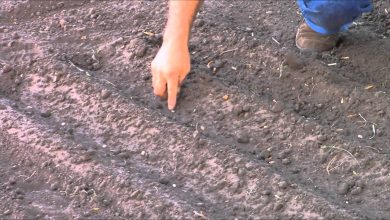How often and how to water my peas?
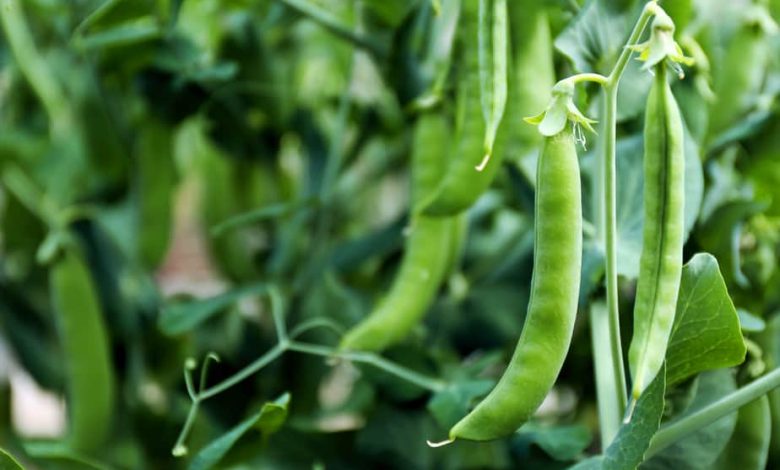
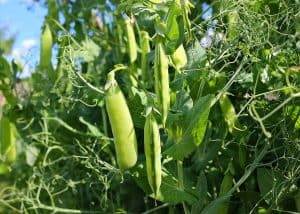 Peas are among the most favorable vegetables for planting because they are not very demanding and help nourish the soil.
Peas are among the most favorable vegetables for planting because they are not very demanding and help nourish the soil.
That’s right, apart from the fact that they are delicious and help us prepare exquisite recipes, they give very little work in terms of care.
One of the main aspects that you have to consider so that they are healthy and develop as they should is the irrigation of peas.
And since it is a topic that will surely cause you a lot of interest, here we will give you all the aspects that you have to take care of around it, so keep reading.
Important points when watering peas:
- Irrigation frequency: at first 1 time per week, then increase to 2 or 3 times per week.
- Irrigation method: gravity or drip.
- Optimum time of day for watering: in the mornings before the sun warms up. Avoid the afternoons so that the water is not stored for a long time.
- Identify excess water: rotting of roots, stems and yellow leaves, plant that loses vigor.
- Identify lack of water: plant that withers and dries up.
What watering needs do peas have?
The watering needs of peas are variable depending on the stage of development that they are having.When planting is going to start, it is normal to water days before to ensure a good level of humidity in the soil and then stop them.
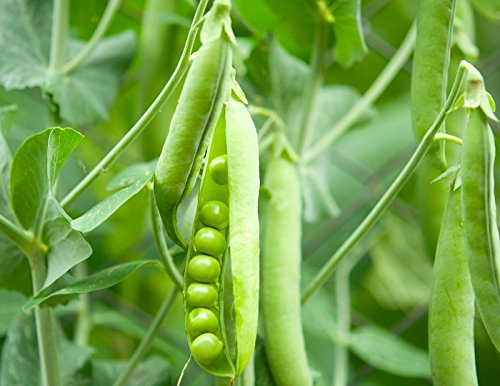
You will water again when the plant begins its formation with suitable amounts so that the soil is sufficiently moist. The time when the need for irrigation really increases is when it is in full bloom and when the pod formation begins and, therefore, the fruit.
How can we detect lack of irrigation in peas?
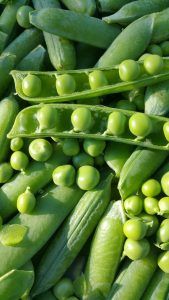 The pea plant that does not develop in a soil with a moisture appropriate to its species will sooner or later end up withering.
The pea plant that does not develop in a soil with a moisture appropriate to its species will sooner or later end up withering.
It begins by wilting in areas such as the leaves and stem, but then it covers the entire structure, giving a clear message that something is wrong.
If you add to this that the land feels dry, it is essential that you promote timely irrigation at that time and then continue as often as you have arranged.
It is important that even if the plant is withered, do not subject it to excessive watering because you could affect it even more.
How often should we water the peas?
The irrigation frequency will be established according to the development phase of the peas, since for each case there is a specific water requirement. At the time of planting it is convenient that the soil is moist.
It will not be necessary to apply irrigation until the moment you notice that the plant begins to sprout. From there, you can water once a week, depending on weather conditions, preventing the soil from drying out too much.
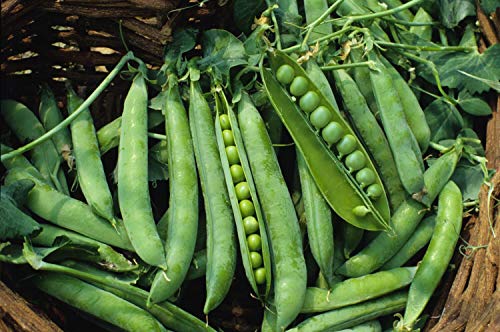
For the phase in which flowering and the formation of pods begin, you will have to increase your waterings to an average of 2 or 3 per week. In winter it is not frequent to water unless the substrate looks excessively dry, so you could establish a watering every 3 or 4 weeks.
What is the best way to water peas?
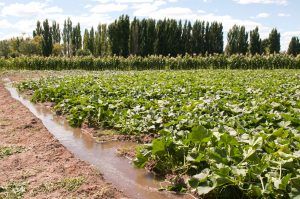 gravity» width=»300″ height=»199″ />Gravity irrigation is the one that best adjusts to the water needs of peas.Through it, the water spreads throughout the place where you have planted your peas
gravity» width=»300″ height=»199″ />Gravity irrigation is the one that best adjusts to the water needs of peas.Through it, the water spreads throughout the place where you have planted your peas
Normally the advance of the water is slow, which makes it easier for the earth to absorb it without generating flooding.
In any case, some specialists recommend the formation of furrows in certain cases to prevent water from touching the neck of the plant. The important thing here is to consider the right amount of water to apply because sometimes gravity irrigation involves greater water wear.
In case it is not possible to supply irrigation by means of gravity, it is best to work it by drip.
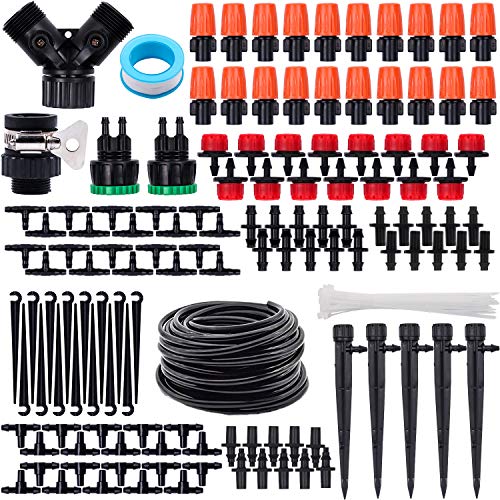
How do we detect excess water in peas?
Overwatering peas will lead to root rot. At a visual level, you will notice your plant with a lack of vigor, where the stems begin to look yellow from the base and progressively touch the leaves.
The yellow leaves will fall off, gradually defoliating the plant, which will end up dying if the problem is not taken care of. Peas are low-demand plants in terms of care, but the few that demand must be met exactly.
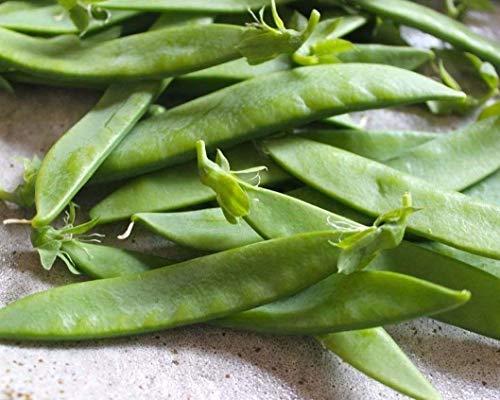
The irrigation of peas is one of the most precise around this matter and if you apply the information that we gave you here, you will not have any problems with your crop.
Bibliographic references
- Organic fertilization and NPK fertilization in green peas (Pisum sativum L.) cv. Rondo, under drip irrigation in Tupicocha, Huarochirí, GH Anchivilca Rojas – 2018 – repository.lamolina.edu.pe
- Sustainable management of pea irrigation (Pisum sativum, l) in a clayey soil in the north of Las Tunas, Cuba, EP Peña, MM Carralero, LS Peña… – Browsing the Agenda, 2017 – dialnet.unirioja.es
- Evaluation of the efficient use of irrigation water in the cultivation of peas (Pisum sativum L.) as a measure of adaptation to climatic variability in the Communities …, E Mamani Condorcet – 2016 – sidalc.net
- Irrigation regime for peas (Pisum sativum, L.) in the edaphoclimatic conditions of the UBPC El Mijial in the municipality of Puerto Padre, A Ayala Remedios – 2014 – roa.ult.edu.cu
- Response of the crop yield of the pea (Pisum sativum L.) variety USUI to the application of three irrigation sheets in the CIE-Cañasbamba, Yungay, 2018, LC Tuya Diaz – 2020 – repository.unasam.edu.pe
Maybe you are also interested in:

![Photo of How to Fertilize Peach Tree: [Components and Needs]](https://www.complete-gardening.com/wp-content/uploads/2022/08/how-to-fertilize-peach-tree-components-and-needs-390x220.jpg)
![Photo of Holly: [Planting, Care, Irrigation, Substrate, Pests and Diseases]](https://www.complete-gardening.com/wp-content/uploads/2022/08/holly-planting-care-irrigation-substrate-pests-and-diseases-390x220.jpg)
![Photo of Hanging Plants: [Planting, Care, Examples, Irrigation and Images]](https://www.complete-gardening.com/wp-content/uploads/2022/08/2_Lobelia-300x225-1-300x220.jpg)
